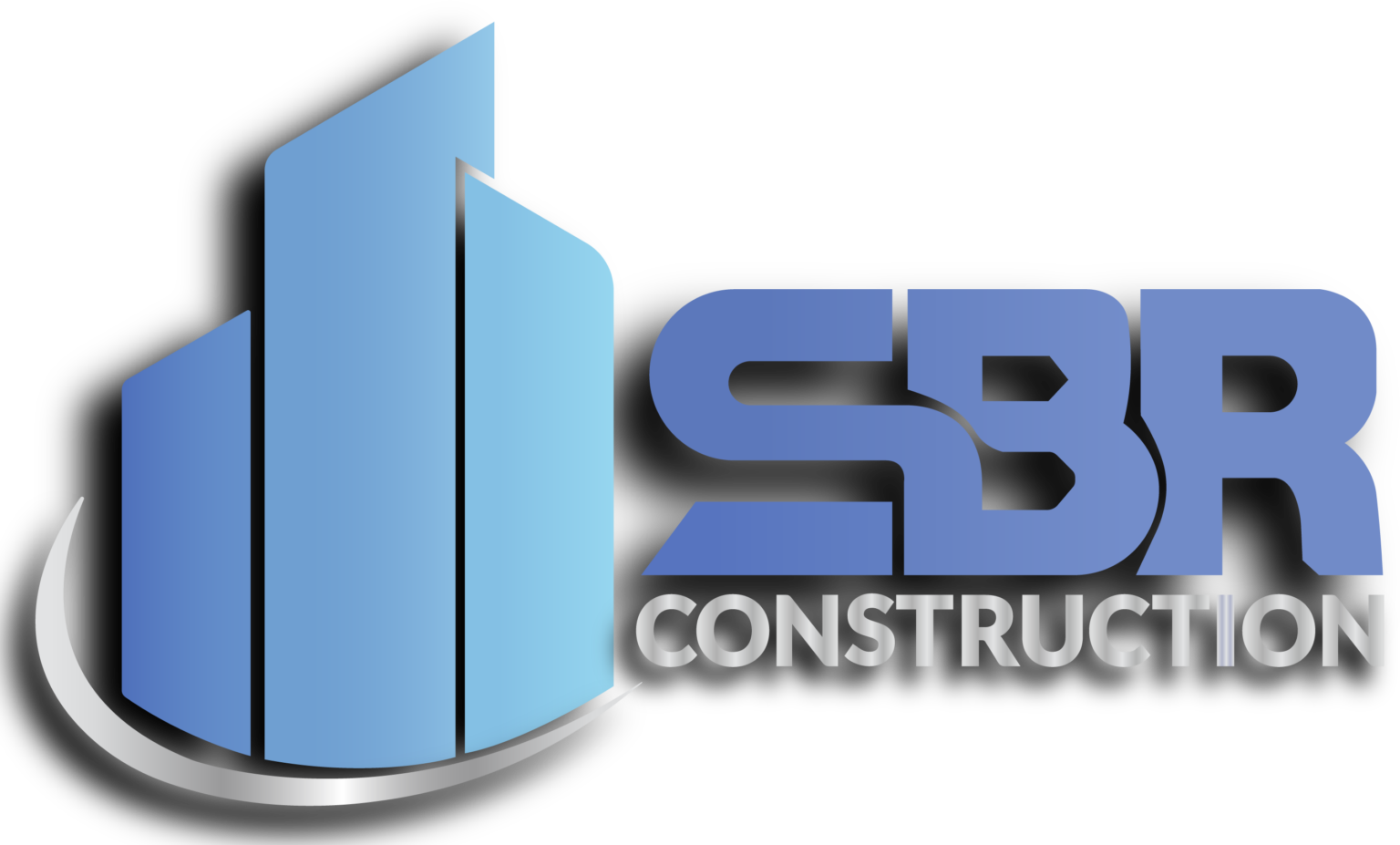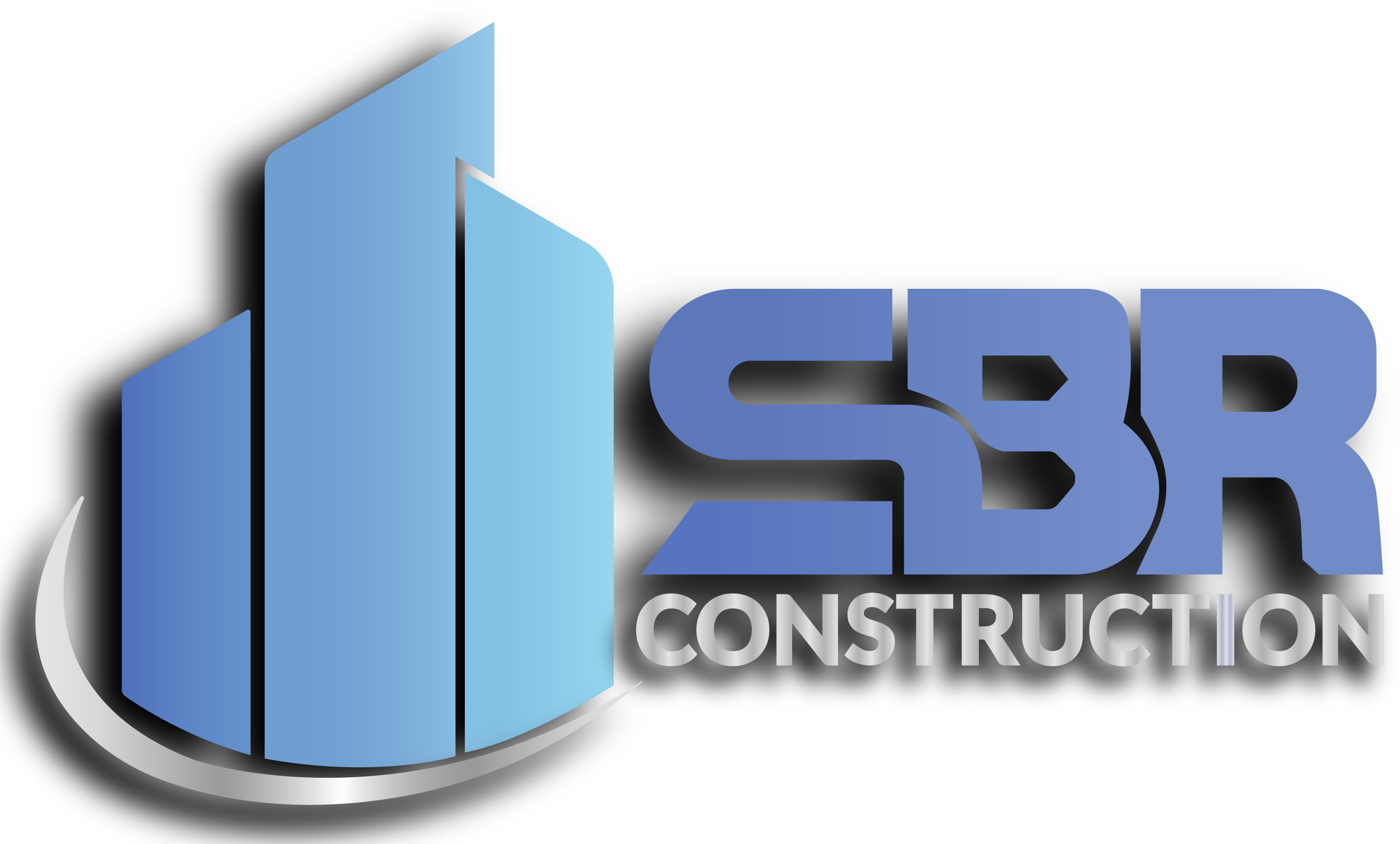Table of Contents
- Introduction to Green Building Practices
- Why Green Building Practices Are Gaining Momentum in Tampa
- Environmental Awareness
- Regulatory Compliance
- Market Demand
- Key Green Building Techniques in Tampa Construction
- Energy Efficiency Strategies
- Sustainable Materials
- Water Conservation Techniques
- Smart Building Technologies
- Waste Management in Construction
- Benefits of Green Building Practices in Tampa
- Environmental Benefits
- Economic Advantages
- Health and Wellness for Occupants
- Challenges Facing Green Building Adoption in Tampa
- Case Studies: Iconic Green Buildings in Tampa
- LEED-Certified Projects
- Net-Zero Energy Homes
- Sustainable Commercial Developments
- The Role of Construction Services in Driving Green Initiatives
- Future Trends in Tampa’s Green Construction
- Advancements in Green Technologies
- Growing Importance of Resilient Design
- Community Involvement in Sustainable Projects
- Conclusion
Green building practices have become a cornerstone of modern construction as environmental concerns and sustainable living gain traction. In Tampa, Florida, the construction industry is embracing these practices to meet growing demand for eco-friendly structures, reduce environmental impact, and align with state and federal regulations. This rise of green building in Tampa reflects the city’s commitment to sustainability, innovation, and the long-term well-being of its residents and the environment.
This article explores the rise of green building practices in Tampa’s construction services, detailing the driving factors, key techniques, benefits, challenges, and future trends.
1. Introduction to Green Building Practices
Construction Company Tampa focus on reducing the environmental impact of construction by integrating sustainable materials, energy-efficient systems, and eco-friendly designs. These practices encompass the entire lifecycle of a building, from planning and design to construction, operation, and eventual demolition.
In Tampa, green building has become more than a trend—it’s a necessity driven by the city’s commitment to sustainability and resilience against environmental challenges like hurricanes and rising sea levels.
2. Why Green Building Practices Are Gaining Momentum in Tampa
1. Environmental Awareness
Tampa’s proximity to fragile ecosystems, such as wetlands and coastal areas, underscores the importance of minimizing environmental degradation. Green construction practices help mitigate the effects of urbanization on these sensitive habitats.
2. Regulatory Compliance
Florida has implemented strict building codes and sustainability standards to address climate change and energy consumption. Programs like LEED (Leadership in Energy and Environmental Design) and ENERGY STAR certification are widely adopted in Tampa’s construction projects.
3. Market Demand
Homebuyers, businesses, and investors increasingly prioritize energy-efficient and sustainable buildings. In Tampa, developers are responding by incorporating green features to appeal to eco-conscious consumers.
3. Key Green Building Techniques in Tampa Construction
1. Energy Efficiency Strategies
- Solar Panels: Rooftop solar installations reduce reliance on fossil fuels and lower energy costs.
- Insulation and Windows: Advanced insulation and energy-efficient windows enhance thermal performance, reducing HVAC usage.
- LED Lighting: Long-lasting and energy-saving LED lighting systems are standard in green buildings.
2. Sustainable Materials
- Recycled Materials: Using recycled concrete, steel, and wood reduces waste and resource depletion.
- Bamboo and Cork: These renewable materials are used for flooring and interior finishes.
- Low-VOC Paints: Low volatile organic compound paints improve indoor air quality.
3. Water Conservation Techniques
- Rainwater Harvesting: Capturing and reusing rainwater for irrigation and non-potable uses reduces water consumption.
- Low-Flow Fixtures: Water-efficient faucets and toilets minimize waste.
4. Smart Building Technologies
- IoT Sensors: Internet of Things (IoT) devices monitor and optimize energy, water, and waste management.
- Automated Systems: Smart thermostats and lighting systems adjust settings based on occupancy and weather conditions.
5. Waste Management in Construction
- Recycling Programs: Construction Services Tampa are adopting recycling programs for materials like wood, metal, and drywall.
- Prefabrication: Offsite construction reduces material waste and improves precision.
4. Benefits of Green Building Practices in Tampa
1. Environmental Benefits
- Reduces carbon footprint through energy efficiency and renewable energy sources.
- Preserves local ecosystems by minimizing land and water pollution.
2. Economic Advantages
- Lower energy and water bills for occupants.
- Increased property value and marketability of green-certified buildings.
- Eligibility for government incentives and tax breaks.
3. Health and Wellness for Occupants
- Improved indoor air quality reduces health risks.
- Natural lighting and ventilation enhance mental well-being and productivity.
Also Read: Revitalizing Madeira Beach: Notable Renovation Projects
5. Challenges Facing Green Building Adoption in Tampa
1. Higher Initial Costs
Green building materials and technologies often require a higher upfront investment, which can deter developers and clients.
2. Limited Skilled Workforce
Implementing green building techniques requires specialized knowledge, and Tampa’s construction industry faces a skills gap in sustainable practices.
3. Regulatory Complexity
Navigating certifications like LEED or WELL Building Standard involves intricate documentation and compliance processes.
6. Case Studies: Iconic Green Buildings in Tampa
1. LEED-Certified Projects
- Tampa General Hospital’s LEED Gold-Certified Expansion: This facility incorporates energy-efficient HVAC systems and sustainable materials.
2. Net-Zero Energy Homes
- Eco-Friendly Residential Developments: Tampa’s housing market is seeing an increase in net-zero energy homes that produce as much energy as they consume.
3. Sustainable Commercial Developments
- Water Street Tampa: This mixed-use development integrates green roofs, smart technologies, and walkable spaces to promote sustainability.
7. The Role of Construction Services in Driving Green Initiatives
Construction service providers play a pivotal role in promoting green building by:
- Educating clients on the benefits of sustainable practices.
- Partnering with suppliers of eco-friendly materials.
- Staying updated on green technologies and certifications.
8. Future Trends in Tampa’s Green Construction
1. Advancements in Green Technologies
Emerging technologies like carbon-capture concrete and bio-based insulation are expected to revolutionize Tampa’s construction landscape.
2. Growing Importance of Resilient Design
Resilient buildings designed to withstand hurricanes and flooding will combine sustainability with durability.
3. Community Involvement in Sustainable Projects
Public-private partnerships will encourage community participation in green initiatives, fostering a culture of sustainability.
9. Conclusion
The rise of green building practices in Tampa reflects a shift towards more sustainable and responsible construction methods. By integrating energy efficiency, sustainable materials, and advanced technologies, Tampa’s construction industry is setting a benchmark for eco-friendly development.
As the city continues to grow, the adoption of green building practices will not only protect its natural resources but also enhance the quality of life for its residents. For businesses and individuals alike, embracing sustainable construction is a step towards a healthier, greener future.

